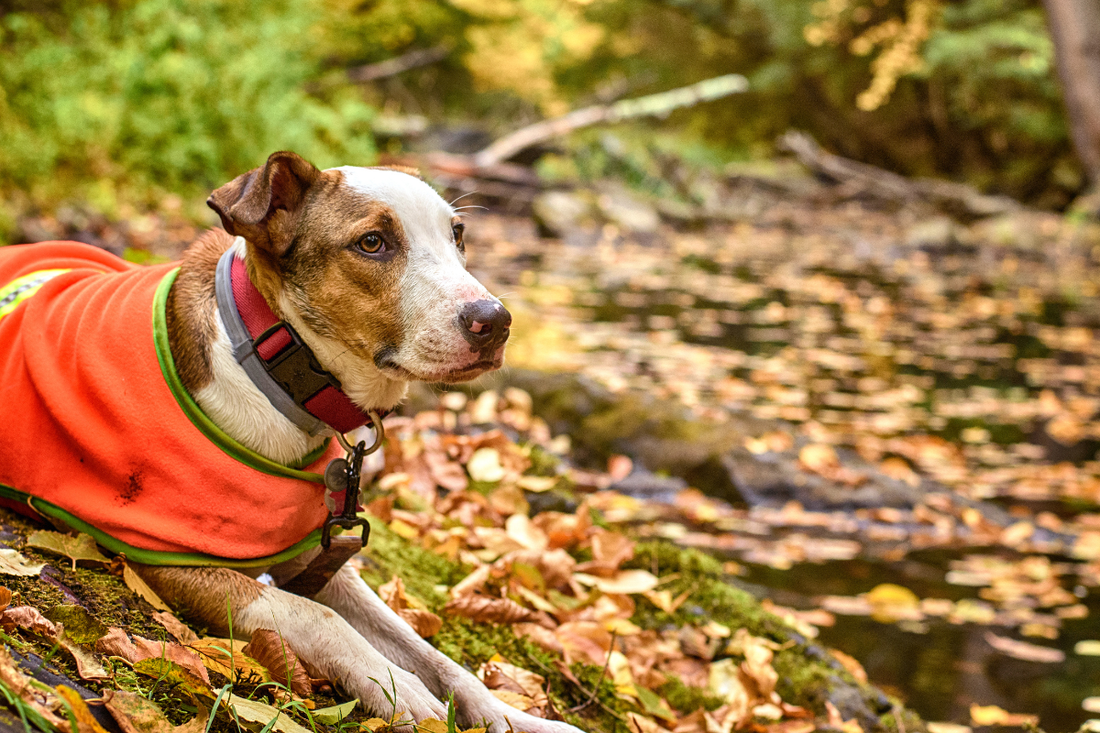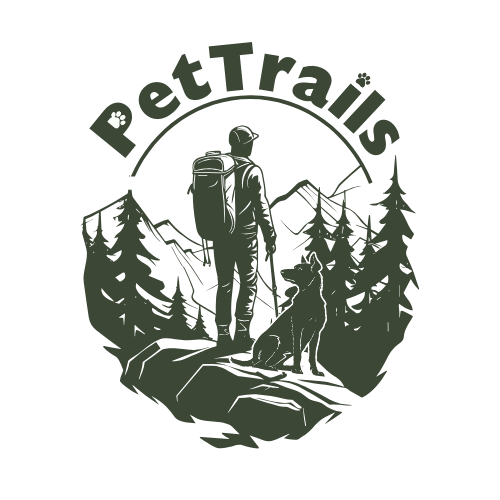
Hiking During Hunting Season: Safety Tips & Best Practices
Share
If you hike on public land in the fall, there’s a high chance that land is shared with hunters. This overlap increases the risk of your dog being mistaken for wildlife, especially in wooded areas or low-light conditions. Most hunting accidents are preventable. This guide shows you how to reduce risk by focusing on visibility, timing, control, and preparation.
1. Confirm Whether Hunting is Allowed Where You Hike
Not all parks or trail systems permit hunting, but many national forests, wildlife management areas, and rural trail systems do. Some areas allow hunting only on specific days or for specific types of game.
What to do:
- Visit your state’s wildlife or natural resources website.
- Look up the specific location before heading out.
- Check signs posted at trailheads.
- Avoid areas where hunting is permitted when possible.
2. Use Visibility Gear for Both You and Your Dog
Hunters rely on movement and color to identify animals. Dogs moving through brush or across open areas can be mistaken for game. You must make your presence obvious.
Essentials:
- Bright orange vest or bandana for your dog.
- Neon-colored clothing or hat for yourself.
- Reflective leash, collar, or harness.
- LED clip-on lights if hiking near dawn, dusk, or cloudy conditions.
Avoid green, brown, black, or anything that blends into the environment.
3. Keep Your Dog on a Leash at All Times
Even well-trained dogs are at risk if they are allowed to roam. Dogs that chase scents or run through undergrowth may cross into hunting zones or out of your sightline.
Use a leash. Always.
- Short leash or hands-free leash preferred.
- Maintain full control at all times.
- Do not allow your dog to enter brush, tall grass, or wooded off-trail areas.
4. Avoid Hiking at Peak Hunting Times
Hunters are typically most active at dawn and dusk. These times also offer the worst visibility for identifying other trail users.
Best time to hike:
- Midday, between 10 a.m. and 3 p.m.
- Only during clear, well-lit weather conditions.
Avoid early morning, evening, foggy days, or overcast skies that limit visibility.
5. Stay on Clearly Marked Trails
Do not cut through woods, follow animal paths, or take shortcuts. These increase your proximity to hunting areas and reduce the chances of being seen or heard.
Stick to:
- Maintained, official trails with signage.
- Wide paths where foot traffic is expected.
- Areas with known high visitor use.
Avoid quiet, remote paths if you are unsure of local hunting activity.
6. Make Audible Noise While You Hike
Your presence should be easy to detect long before someone sees you. Do not hike in silence.
Ways to make noise:
- Talk to your dog as you walk.
- Let gear (leash clips, tags) make natural sound.
- Use a small bell attached to your dog’s collar.
This helps alert hunters and prevents surprises.
7. Prepare for an Emergency
Accidents can happen, even with precautions. Prepare as if they will.
Bring with you:
- A small pet first aid kit.
- ID tags on your dog’s collar and updated microchip info.
- Printed or downloaded trail map.
- Charged phone and external battery pack.
- Contact details for the nearest emergency vet.
Let someone know your route and when you expect to return.
Summary: What to Do Before Every Hike During Hunting Season
- Check if hunting is allowed at your trail location.
- Put bright, visible gear on both you and your dog.
- Keep your dog leashed and under control.
- Avoid hiking during low-light hours.
- Stay on marked, official trails.
- Make noise while moving through the area.
- Carry basic emergency gear and tell someone your plans.
These steps are straightforward, and they work. Hunting season doesn’t mean you have to stop hiking, it just means you need to treat trail safety as a shared responsibility.
